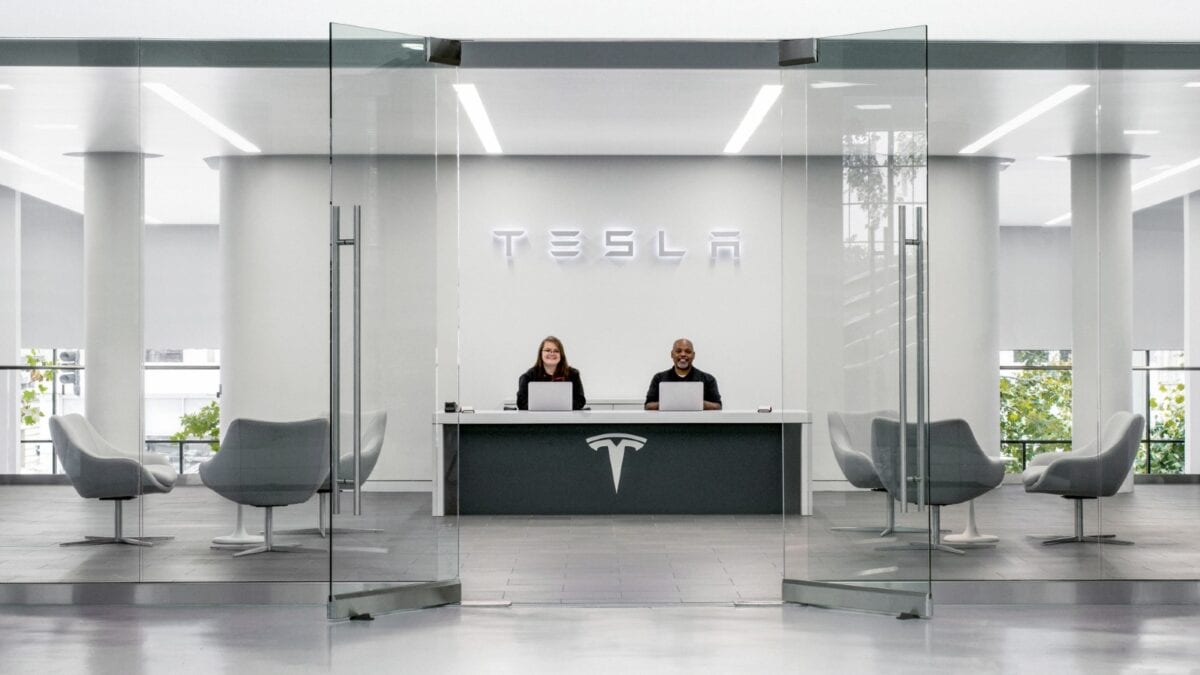The Tesla (NASDAQ:TSLA) share price currently sits around $180. In recent years, the stock’s bounced around a lot for a mega-cap, as highlighted by its two-year Beta of 1.89 (a Beta rating above one suggests a stock’s particularly volatile).
However, since late April, it’s remained relatively stable, despite the company’s dire Q1 results.
Tesla stock now trades at 72.2 times forward earnings, and earnings growth’s actually negative in 2024.
Should you invest £1,000 in Nvidia right now?
When investing expert Mark Rogers has a stock tip, it can pay to listen. After all, the flagship Motley Fool Share Advisor newsletter he has run for nearly a decade has provided thousands of paying members with top stock recommendations from the UK and US markets. And right now, Mark thinks there are 6 standout stocks that investors should consider buying. Want to see if Nvidia made the list?
So what’s going on with Tesla? Surely the stock’s simply a joke?
An incredibly expensive car company
Tesla’s an incredibly expensive car manufacturer. There’s simply no way that the company can justify this price-to-earnings (P/E) ratio just by selling cars.
For context, Toyota trades at 9.8 times forward earnings, Stellantis at 3.5 times, Porsche AG at 14.2 times, and Mercedes at 5.5 times.
It’s also vastly more expensive than electric vehicle (EV) peers, including Li Auto at 16 times forward earnings and BYD at 21 times.
The explanation doesn’t lie with EVs.
Musk’s promises
Tesla boss Elon Musk has been central to the company’s success in recent years, and arguably has done a good job of increasing investor interest.
After the company’s rather poor Q1 earnings, Musk took to X — another company he owns — to say that Tesla would be unveiling its long-promised robotaxi on 8 August. I believe this news is keeping the share price elevated.
The only thing is, investors aren’t sure what to make of it. Until recently, a robotaxi, or a genuinely autonomous vehicle, appeared to be something for the 2030s. As such, all eyes are on 8 August.
But if Musk under-delivers, I’d thoroughly anticipate the Tesla share price to tank. That’s a huge risk for potential investors.
What’s so special about a robotaxi?
Would a robotaxi be game-changing? Well, probably. Musk believes that driverless cars will one day make other vehicles obsolete. In addition to private sales, as the name suggests, the robotaxi could lead to a revolution in ride-hailing.
Robotaxi ride-hailing is projected to have great margins, with Tesla essentially cutting out a load of middlemen, and providing a direct-to-customer service.
According to investment specialist Cathie Wood, who admittedly has a less-than-perfect record, Tesla’s ride-hailing could deliver up to $951bn in revenue in 2029 alone.
I’m not sure whether Wood’s forecast includes the possible sale of excess compute power as well. Given that autonomous vehicles require huge compute power — it’s essentially artificial intelligence (AI) — Musk has suggested that Tesla could sell compute power when the cars aren’t in use — similar to Amazon Web Services.
Personally, I hope it works. But I’m not willing to throw my money behind Tesla when I don’t know what it’s actually going to unveil on 8 August.
However, if it releases a ready-to-deploy Robotaxi, 72.2 times forward earnings might look like a bargain. For context, Wood thinks Tesla stock will be worth $2,600 per share in 2029!








